
With an annual budget of well over $3 million, the Evergreen Mountain Bike Alliance is one of the largest and most professional mountain bike advocacy, trail building, and trail maintenance organizations in the USA. Evergreen employs an astonishing 15-24 full-time, year-round trail builders, with that number swelling to roughly 35 trail builders during the peak summer season. In addition, they currently have 14 full-time admin staff. During the summer, Evergreen onboards 30+ education program instructors and coaches as well.
“The highest our payroll has ever been is 97,” said Yvonne Kraus, the outgoing Executive Director of Evergreen MTB Alliance. “But last year, we were in the low 90s,” a count which includes both full- and part-time staff.
Yet Evergreen doesn’t even cover the entire state of Washington. One of the best mountain bike destinations in the country — Bellingham — isn’t a part of Evergreen and instead runs its own longstanding mountain bike advocacy organization, known as Whatcom Mountain Bike Coalition (WMBC). (Evergreen and WMBC maintain a friendly working relationship and routinely advocate together for mountain bike access at the state capital in Olympia.)
Despite not including Bellingham, this professional organization claims eight chapters spread across the state with just shy of 9,000 members. Unfortunately, their membership number isn’t quite as large as they’d like it to be, as most mountain bikers in Washington don’t maintain an active membership. Even so, Evergreen strives to serve all mountain bikers across their region, whether or not they pay dues.
Tallying the total ridership in Washington is a difficult task, but based on various reports and survey data, Evergreen estimates Washington’s ridership to be between 500,000 and 800,000 mountain bikers.

Evergreen’s transformation into such a massive force for good in the Washington mountain bike scene is due in large part to Kraus’s leadership over the last nine years. Before joining Evergreen, Kraus “worked as a consultant in the green building, energy efficiency, and sustainable development industry for two decades.”
“When I started in 2015, our largest budget was $300,000. And we hit $900,000 that year — so 2015, by the end of the year, we ended up having $900,000,” said Kraus. “My understanding of the public sector procurement process and ways in which to pitch, fund, and win projects helped me to quickly figure out the project potential and funding landscape for Evergreen. We grew from a small donor- and grant-funded organization to a now $3+ million not-for-profit by successfully landing bids and proposals and pursuing larger grant sources with multiple agencies and foundations.”
While that might sound simple in a quick quote, the processes required to keep such a large contingent of full-time trail builders employed year-round are much more involved. Here’s exactly how Evergreen makes it happen.



A wide range of trail contracts are active all at once.
To keep her people employed, Kraus has to keep them digging in the dirt. Without projects, there would be very little money coming in the door and no work to be done.
Just how many projects are required?
“The last time I prepared the work plan, there [were] 70+ projects that were actually active,” said Kraus. “So 70 trail contracts, active all at once, from maintenance agreements with county parks, to the volunteer maintenance agreements for work parties that are happening everywhere, to actual trail building [and] trail planning projects.” Kraus went on to clarify that these 70 contracts include contracts that they’re working on that could come to fruition this year, “but at this point in time, over 30 contracts are active.”
The number fluctuates constantly from season to season and year to year. But the moral of the story is that Evergreen’s admin staff is always hard at work, bringing new projects online as previous projects are completed.
The most notable of these trail projects are major trail builds, such as the all-new Trek at Tehaleh trail system, which we’ve profiled, and the third phase of trail development at Raging River. These big contracts are Evergreen’s bread and butter.

While Evergreen doesn’t directly seek out RFPs and bids, they usually do know when those opportunities become available because they’ve likely been involved in the project proposal from an early stage. In those cases, they’ll choose to pursue a project in an open market competitive process. “We don’t do that often as a not-for-profit, since we are, by default, not a fair open market competitor in the commercial construction market” said Kraus. “We can offer volunteer value and donor matches to provide added financial and social project benefits for public sector projects, while private contractors do not have this benefit.”
Kraus went on to clarify this position. “I think the most interesting part of procurement in trails for a 501c3 is knowing when, and when not, to compete in an open procurement process,” said Kraus. Sometimes it is the case that they’ll compete on the open market. “Sometimes agencies are not comfortable with their direct source options for 501c3s and prefer to utilize their standard competitive bid structure. In those cases, we may well decide to pursue to ensure we get the best possible trail for our community. We also will team up with other contractors or landscape architects when needed, particularly in more urban and suburban environments where urban planning and permitting staff is accustomed to certain A&E design processes and find it difficult to work outside of their standard permit or procurement system.”
“The competitive advantage only exists for public sector projects, however,” Kraus continued. “For private land owners, 501c3 resources cannot be used to enhance land value, so Evergreen competes with the same private sector pricing and conditions like any other contractor. This allows Evergreen to work with Washington ski resorts for lift operation trail projects, when such strategic opportunities exist and Evergreen decides to pursue.”
Oftentimes Evergreen is involved in every stage of getting a new trail on the ground: from ideation to pitching, planning, proposal, funding, design, construction, and then maintenance once the trail is complete. In contrast, many trail organizations around the country will specialize in a few parts of this process. Perhaps they come up with the idea and pitch it to the land manager. Maybe they volunteer labor to help build some of the trails. Or perhaps they raise money and write grants so they can hire a professional trail contractor.
But Evergreen? Evergreen does it all.

Ghostwriting grant applications for land management agencies to fund trail building projects.
When I served on the board for Salida Mountain Trails (SMT), we had a board member (and eventual president) who would write grant applications for SMT and submit those applications to government agencies distributing funds. In this case, the applicant for those grants was SMT. In contrast, Evergreen collaborates with land managers to apply for grant funds that enable Evergreen to build the trail systems for the agencies. The specific land manager and grant application opportunities vary depending on where the trail project is located, but Evergreen has worked at almost every level: from Washington municipalities and counties, to the Washington Department of Natural Resources, Washington State Parks, Fish and Wildlife, and the US Forest Service. Despite the wide array of land managers they work with, Evergreen often utilizes the same strategy, with slight tweaks depending on the nuances of each individual project.
Since the land managers are the grant applicants, they have access to several grant sources that a mountain bike organization like Evergreen cannot apply for directly. However, as we’ve documented well on Singletracks in the past, seemingly every land management agency is understaffed and overworked. In order to get the grant applications submitted, Evergreen’s admin staff will ghostwrite the grants for the land management agencies.
“I think that’s really important for other not for profits in the space,” said Kraus. “All the agencies’ employees are overtaxed, underfunded — particularly in recreation.”
“So we ghostwrite for them to get those grants in the pipeline,” said Kraus.
Kraus gave an example of how they worked on the now-popular Number Two Canyon trail system in Wenatchee. “Number Two Canyon in Wenatchee was built with both our own funding from donors and corporate sponsors, federal funds coming in from infrastructure improvement grants, applied for by a recreation organization in Wenatchee called TREAD, and four different NOVA grant applications submitted by the US Forest Service, in collaboration with Evergreen,” said Kraus.
Evergreen worked with the US Forest Service Staff “on the budget, the funding, the plan, got their approval, and then you can actually, as a not-for-profit, get access to their grant accounts in the statewide system, which is called PRISM.” The exact system and tooling differ from state to state, but PRISM is the system in Washington. “We created the maps, we created the stats, we did the GIS work upfront, we did the LIDAR analysis up front, [and] helped put the vision together initially so that the planning grant could be done,” said Kraus. “Then you gotta wait for NEPA to complete — then you just sit there and hope everything gets done.”
“Once the NEPA was complete, then we applied for construction grants through the Forest Service accounts. So ultimately, they’re submitting the grant application, but for four different construction grants in four different phases. We worked with them on, ‘Alright, we’re gonna apply for this many miles, it’s going to cost this much, here’s how much match funding we’ll put towards the grant.’ And once we got that green light, we basically put the entire grant together for them — they just check it.”
As part of helping the land manager apply for grants, Evergreen will even prepare a PowerPoint pitch deck for the specific agency employee to use in their presentation—any and all materials they need to present the project and make it happen.
“Then you’re really, as an NGO, providing service to the land manager. You’re not held back by like, ‘we don’t have the capacity.’
“‘Well, let us do it for you, and if we get the green light, we will submit.'”

What if the agencies still can’t afford the project?
Even with all this work, sometimes the funding doesn’t come through, and the agencies can’t afford the proposed trail build. To tackle this problem, Evergreen releases a few “shovel-ready projects” every spring to their local communities. These are trail projects — generally smaller in scope — that have been approved and have gone through all NEPA reviews.
All these trails need to be funded.
Getting trails approved and ready to go is a long and laborious process, and volunteers often burn out along the way. But when a trail is approved, and all that needs to happen is a little fundraising? Local communities get really excited about the chance to build these trails in their backyard. Once the trails are approved and ready to go, Evergreen basically says, “We need this much money, and you will get your trail.”
“It’s highly effective, right? Getting people engaged, and the dollar that they give to Evergreen for their donation, they literally see the transformation in their backyard,” said Kraus. “It’s been so effective to just tie to direct fundraising to like, ‘here are all the trails that you, donor, rider, make happen, to make Washington the best place to ride.’ And we’ve self-funded an enormous amount of trail. We’ve had work orders for an agency where the amount was zero, because Evergreen members paid for the whole thing.”

The importance of maintenance contracts.
Kraus works to provide her trail builders with livable full-time careers. These aren’t simply entry-level positions for kids fresh out of high school to rotate through. Many of Evergreen’s builders have been with the organization for years, and over that time, they’ve built up valuable reserves of institutional knowledge.
This includes many of the full-time seasonal staff in addition to the year-round staff. Many of Evergreen’s seasonal staff spend their winters working in the ski industry and their summers building mountain bike trails, so they return to Evergreen summer after summer — some of them for over a decade.
To retain her employees, Kraus strives to pay a living wage and provide benefits like health care and paid time off. “I’ve worked really hard to get a medical stipend for them, PTO — they get holidays, they get a gear stipend every year now. So just trying to make it a livable job.”
While Evergreen seeks to always have a string of shovel-ready projects coming into the build queue to keep their workers busy, maintenance contracts are a critical part of the formula for keeping their workers going full-time.
Evergreen has established maintenance contracts with land managers across the state. Some of these projects are short-term but lucrative — for instance, if a USFS ranger district needs to rehab a trail, Evergreen has already established themselves as an authorized contractor for potential maintenance projects. Others are ongoing maintenance agreements, such as at the Trek at Tehaleh trails located in a Pierce County Park.
In addition to working with the land management agencies, Evergreen has set up its own internal maintenance fund so that the crews can address maintenance needs in existing trail systems across its eight chapters. When unexpected delays or cancelations occur, Evergreen’s build crew addresses these ongoing maintenance requests. Sometimes, a major project doesn’t pan out on the timeline that Evergreen anticipated, and they’re able to reassign their staff to maintenance projects to keep them employed.
This is a key piece of advice that Kraus wants to give to other trail building organizations: “Build a little maintenance fund for certain projects, certain pockets, certain trails, so that you can send two or three crew out there for a couple of weeks to bridge in between projects.”
“I think by stringing those things together, it’s just worked,” she concluded.

A new chapter in Evergreen’s story.
After nine years at the helm of Evergreen MTB Alliance, Kraus is moving on to new adventures. Eddie Espinosa is replacing Kraus in the Executive Director role as of July 15th, 2024. “Eddie brings a wealth of experience and a proven track record in nonprofit leadership, program management, policy advocacy, and community engagement; promising to bring a new era of growth and innovation to Evergreen,” reads a press release from Evergreen.
Espinosa has a long history of leading non-profits and is a lifelong mountain biker. Most recently, “he served as Director of Community Programs from 2021 to 2023 and the National Volunteer Program Senior Manager from 2018 to 2021.” Espinosa has also served on Evergreen’s DEI Committee since 2021.
“Having collaborated in the industry with Eddie for over 9 years now, I couldn’t be happier about him leading Evergreen to its next best iteration,” said Kraus. “Eddie understands non-profit operations, and he is intimately familiar with Washington’s outdoor recreation landscape. Eddie is a perfect fit for Evergreen as a passionate recreation advocate who understands the need to balance recreation infrastructure needs with conservation and equity in access considerations.”
“Growing up in Puyallup, I started riding mountain bikes over 30 years ago in what was then known as Victor Falls,” said Espinosa. “Riding Tiger Mountain meant pedaling up the road and coming down Preston Railroad Grade because there wasn’t much else. Since those days, I’ve had the great opportunity to watch Evergreen evolve Washington mountain biking to one of the most popular riding destinations in the world, and I’m honored to keep this work moving forward. I’ve spent most of my life exploring the mountains and forests of the Northwest, and believe the positive transformation that being in nature brings should be accessible to all.”












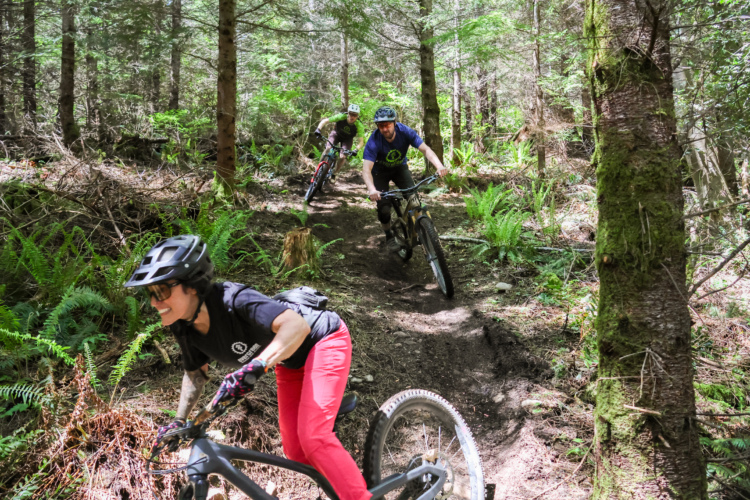
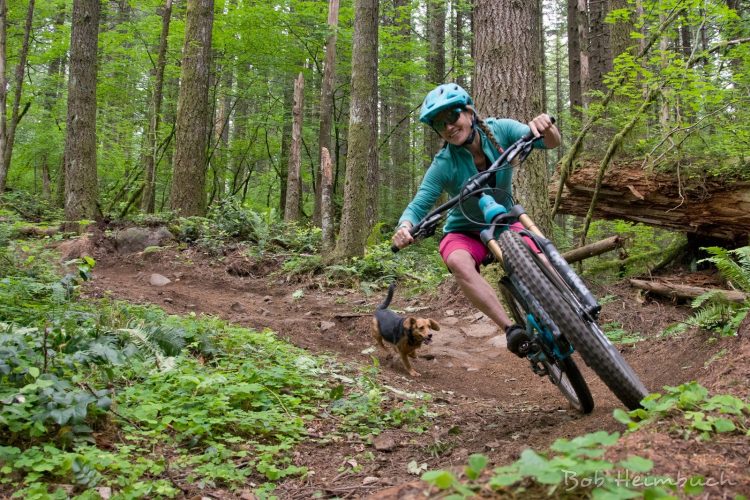

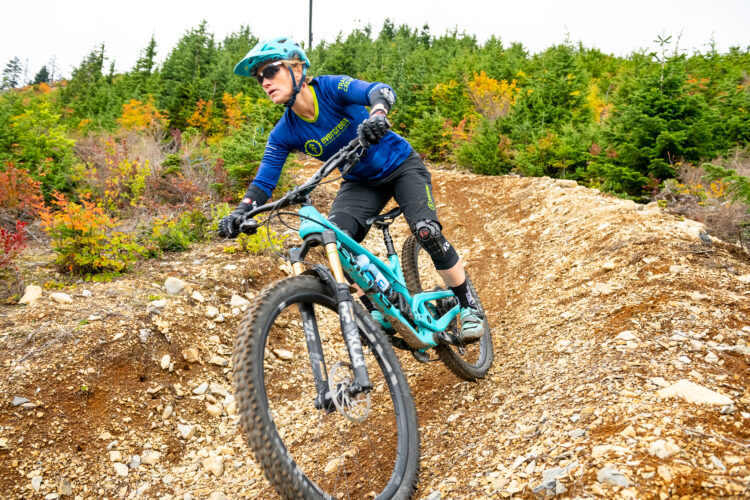
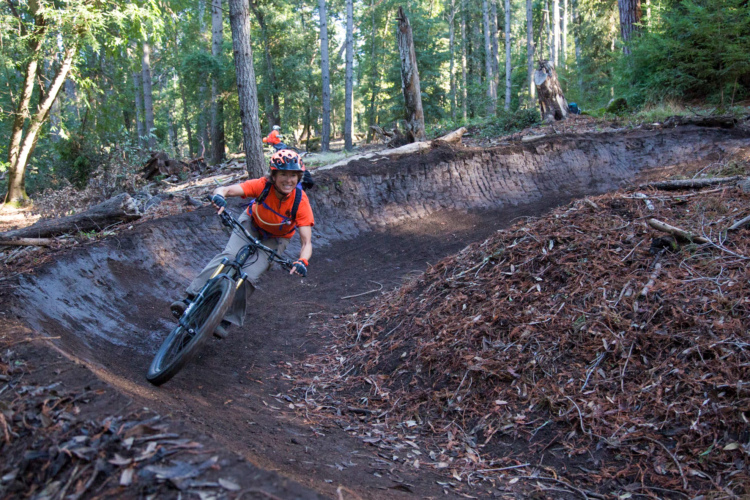

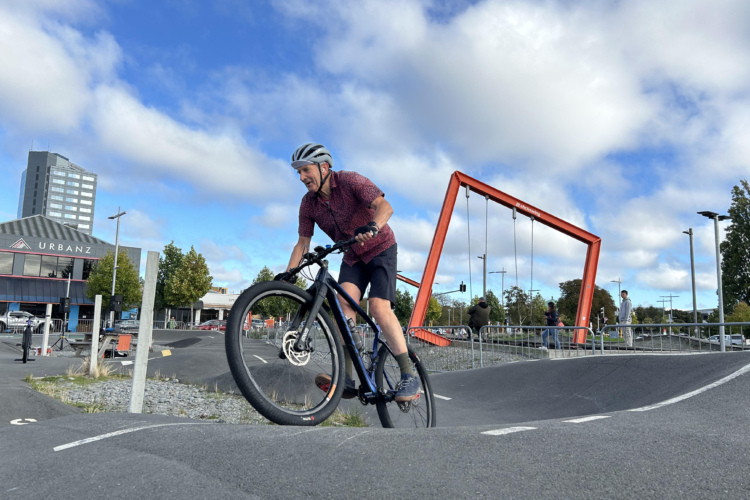
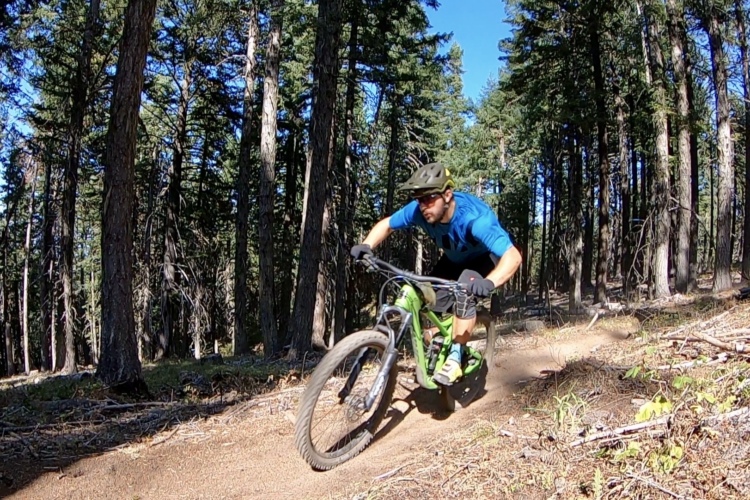

3 Comments
Jul 29, 2024
Jul 22, 2024
Jul 22, 2024